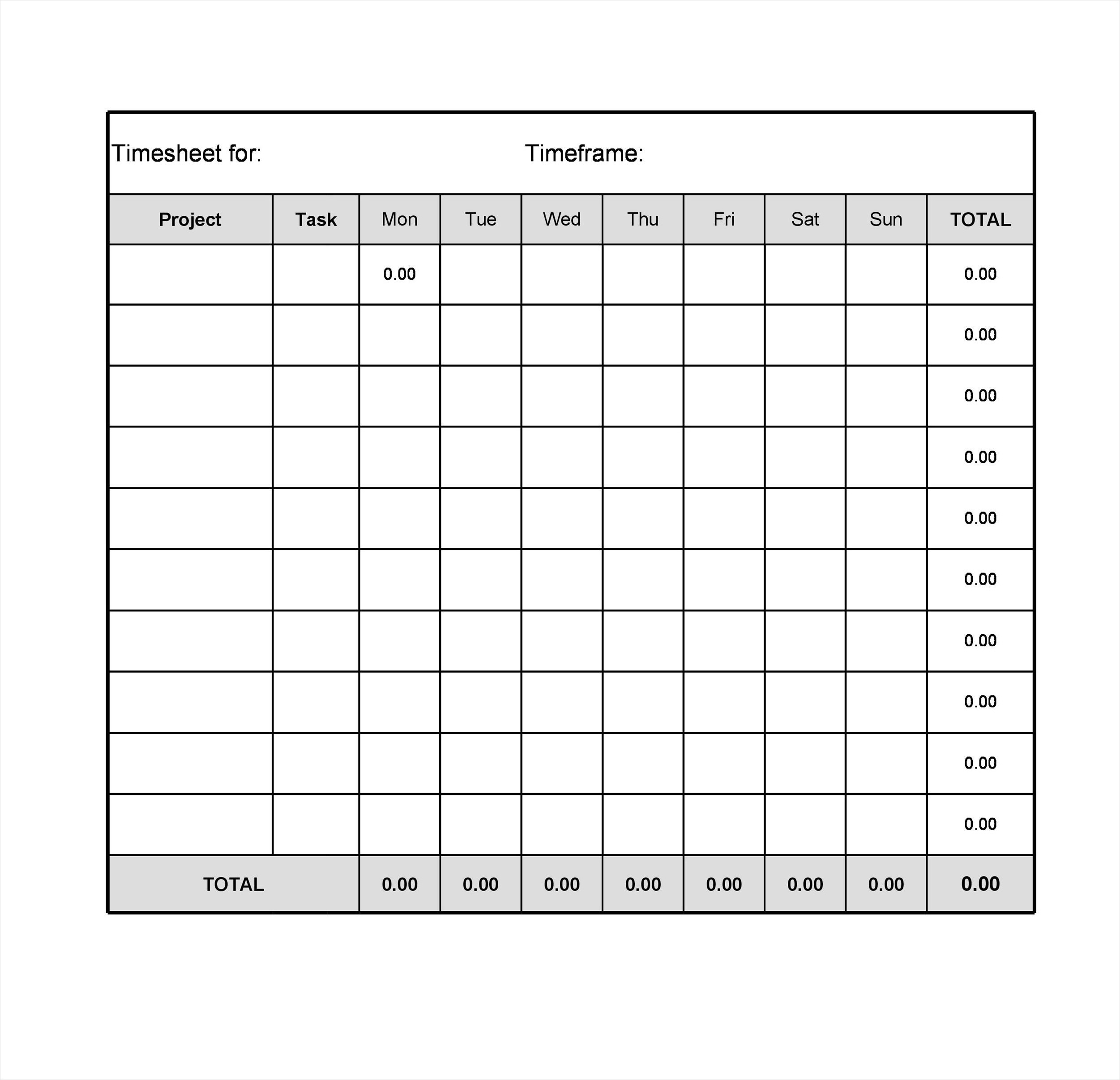Managing time effectively is crucial for any business or organization. This is where work timesheets come into play. A work timesheet is a document that tracks the amount of time an employee spends on different tasks or projects. It allows employers to monitor productivity, allocate resources efficiently, and ensure accurate payroll processing. In this comprehensive guide, we will delve into the importance of work timesheets, how to create and use them effectively, and the benefits they bring to both employees and employers.
What Is a Work Timesheet and How Does It Work?
A work timesheet is a record-keeping tool used to track the time spent on various work-related activities. It typically includes information such as the employee’s name, the date, the start and end times of each task, and any breaks taken. Work timesheets can be created using different methods, including online software, spreadsheets, or even handwritten forms.
Work timesheets can be used in various industries and job roles, from freelancers and contractors to large corporations. They provide a detailed overview of how employees allocate their time, allowing employers to monitor productivity, identify bottlenecks, and make informed decisions about resource allocation.
Why Should You Use Work Timesheets?
Work timesheets offer numerous benefits for both employees and employers. Let’s explore some of the key reasons why you should implement work timesheets in your organization:
1. Accurate Payroll Processing
By tracking the time spent on each task or project, work timesheets ensure accurate payroll processing. They provide a transparent record of the hours worked, allowing employers to calculate wages and salaries without discrepancies or errors. This builds trust and ensures that employees are compensated fairly for their time and effort.
2. Productivity Monitoring
Work timesheets enable employers to monitor employee productivity effectively. By analyzing the time spent on different tasks, managers can identify inefficiencies, optimize workflows, and improve overall productivity. This data-driven approach helps organizations streamline their operations and achieve better results.
3. Resource Allocation
With the help of work timesheets, employers can allocate resources more efficiently. By analyzing the time spent on different projects, managers can identify which tasks require more or fewer resources and make informed decisions about resource allocation. This ensures that resources are utilized effectively, reducing waste and improving project outcomes.
4. Project Management
Work timesheets play a crucial role in project management. By tracking time spent on different project tasks, managers can accurately estimate project timelines, identify potential bottlenecks, and make adjustments accordingly. This allows for better project planning and ensures that projects are completed on time and within budget.
5. Client Billing
For freelancers or businesses that bill clients based on time worked, work timesheets are essential. They provide a detailed breakdown of the hours spent on each client’s project, allowing for accurate and transparent billing. This helps maintain client trust and ensures that all work is properly accounted for.
6. Compliance and Legal Requirements
Work timesheets also help organizations comply with labor laws and legal requirements. In many jurisdictions, employers are required to maintain accurate records of employee working hours. Work timesheets serve as evidence of compliance and can protect companies from legal disputes or penalties related to labor regulations.
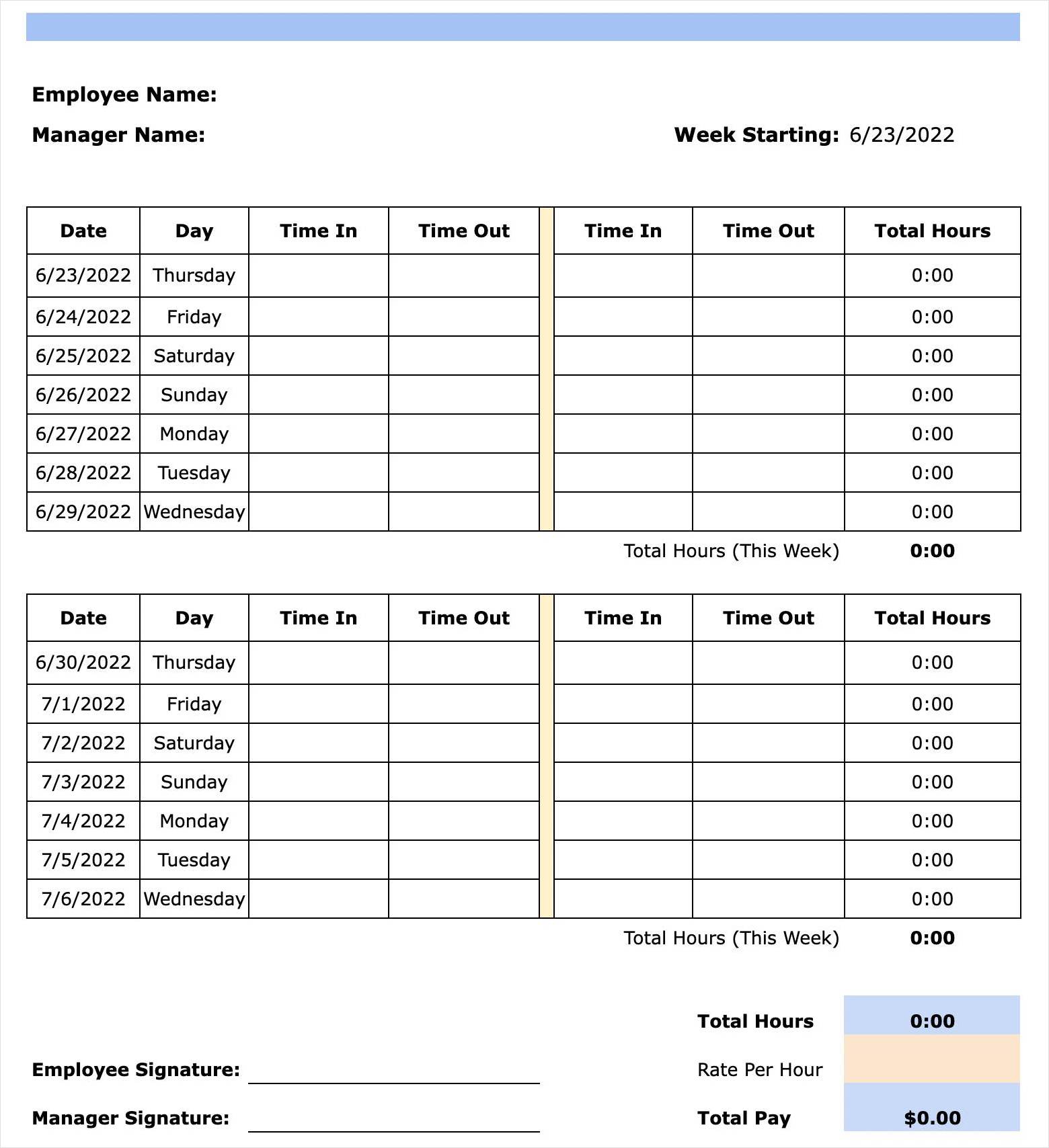
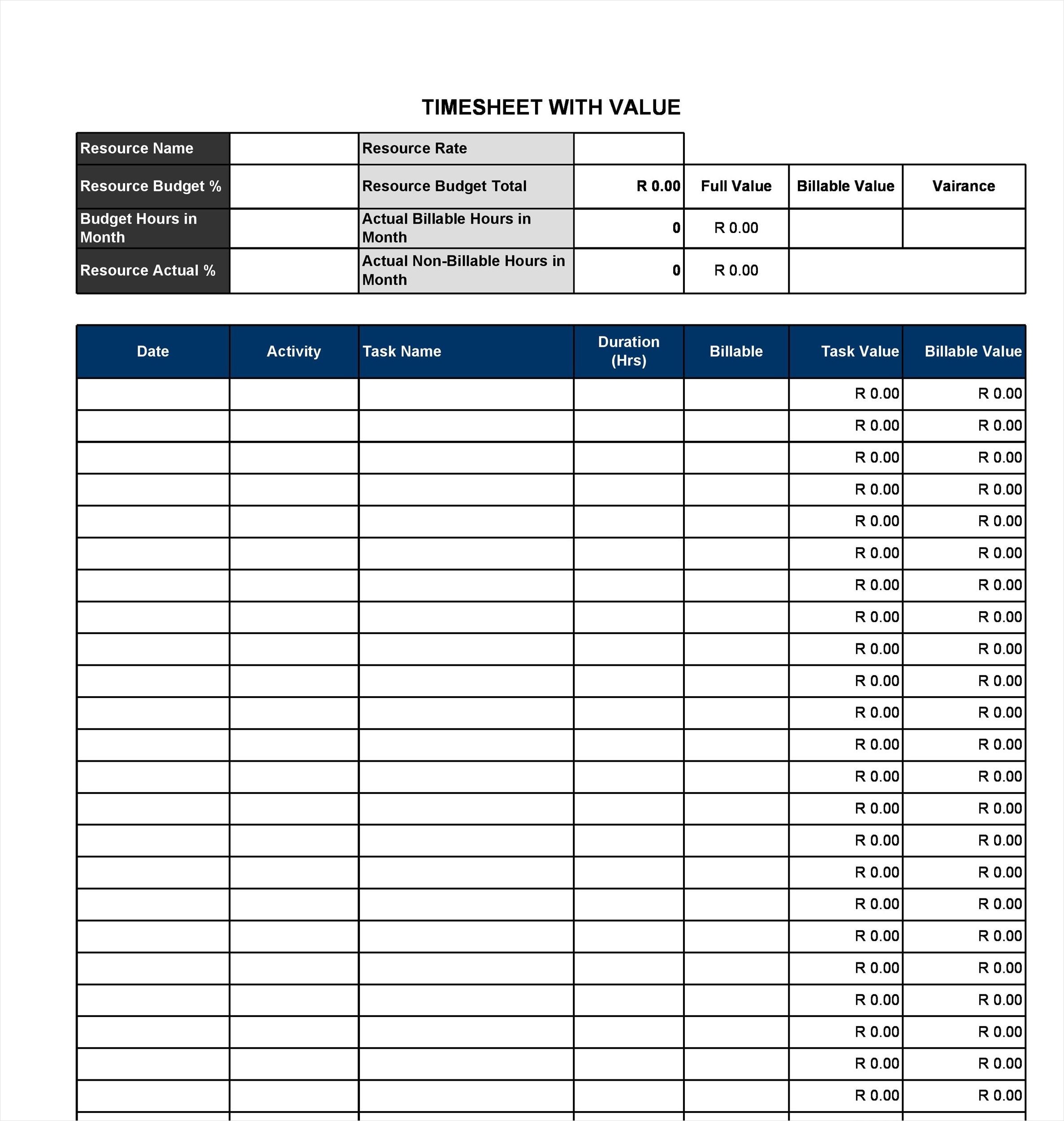
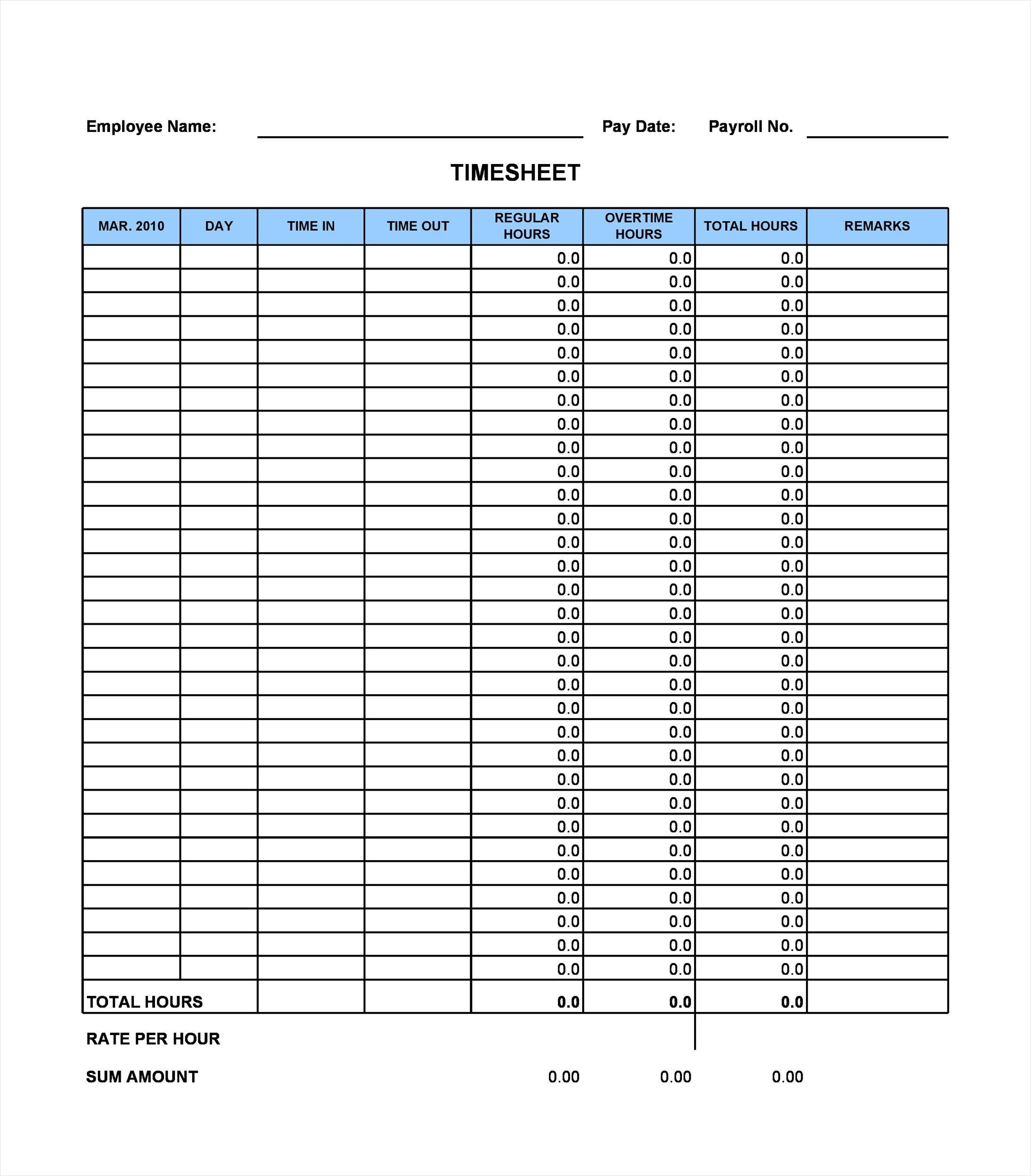
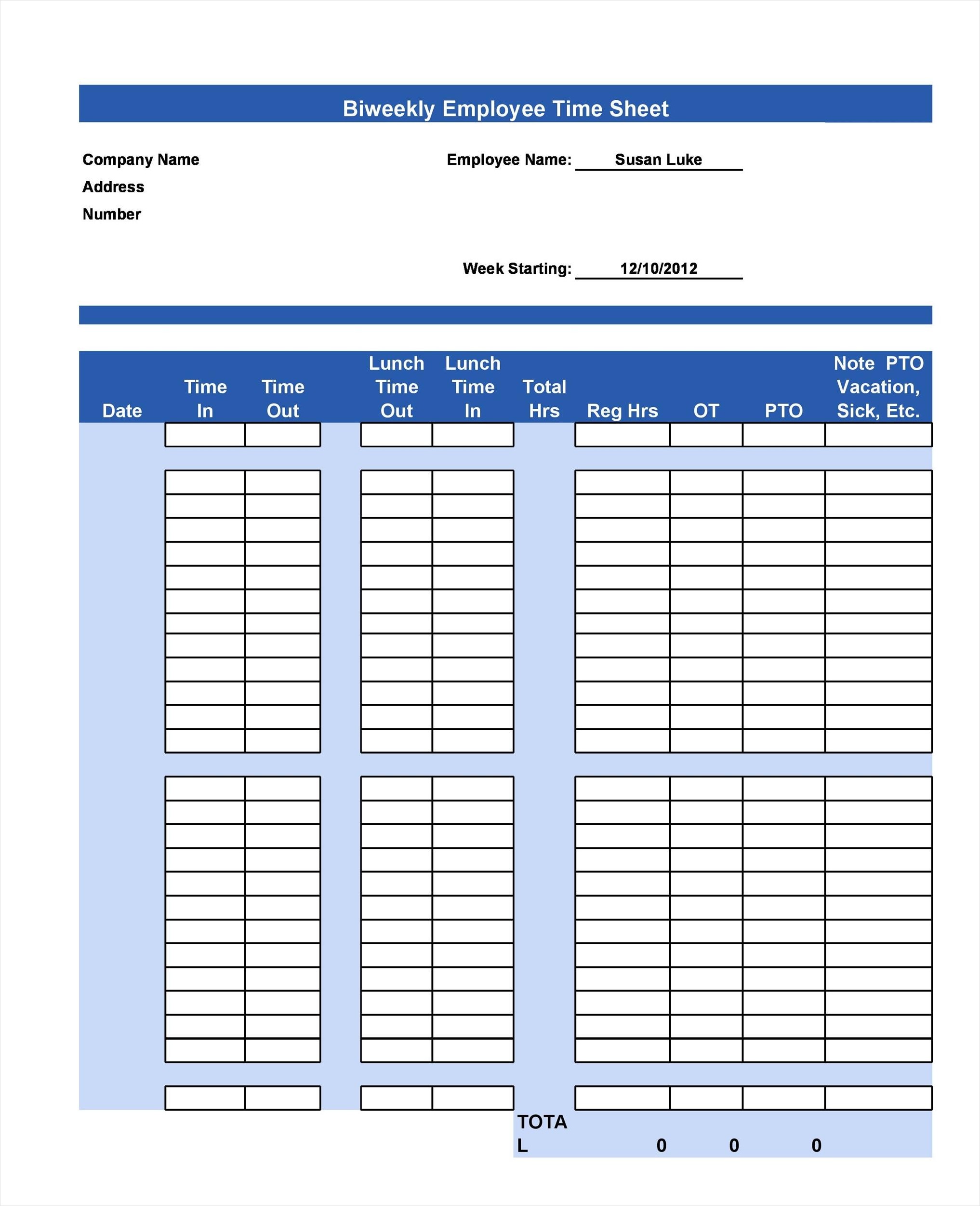
How to Create and Use Work Timesheets Effectively
Creating and using work timesheets effectively is crucial for maximizing their benefits. Here’s a step-by-step guide to help you get started:
1. Determine the Format
Decide on the format you want to use for your work timesheets. You can choose between online software, spreadsheets, or printable forms. Consider your organization’s needs, budget, and the level of detail required.
2. Define the Required Information
Identify the key information you want to track on your work timesheets. This may include employee names, task descriptions, project codes, start and end times, and break durations. Ensure that the information captured aligns with your organization’s goals and requirements.
3. Set Clear Guidelines
Establish clear guidelines and expectations for filling out work timesheets. Communicate these guidelines to your employees to ensure consistent and accurate time tracking. Provide training if needed and address any questions or concerns that may arise.
4. Regularly Review and Analyze Timesheets
Regularly review and analyze the data collected from work timesheets. Look for patterns, trends, or areas where improvements can be made. Use this information to make data-driven decisions and optimize productivity and resource allocation.
5. Provide Feedback and Recognition
Use work timesheets as a basis for providing feedback and recognition to your employees. Acknowledge their efforts and achievements, and address any concerns or areas for improvement. This helps foster a positive work culture and motivates employees to perform at their best.
6. Stay Compliant with Legal Requirements
Ensure that your work timesheets comply with labor laws and legal requirements in your jurisdiction. Familiarize yourself with the relevant regulations and make any necessary adjustments to your timesheet processes to remain in compliance.
Conclusion
Work timesheets are essential tools for effective time management, productivity monitoring, and resource allocation. By implementing work timesheets in your organization, you can improve payroll processing accuracy, optimize productivity, and enhance project management. Remember to choose the right format, define clear guidelines, and regularly review and analyze the data collected. With the help of top work timesheet software solutions, you can streamline your time-tracking processes and maximize the benefits for both employees and employers.
Work Timesheet Template Excel – Download
